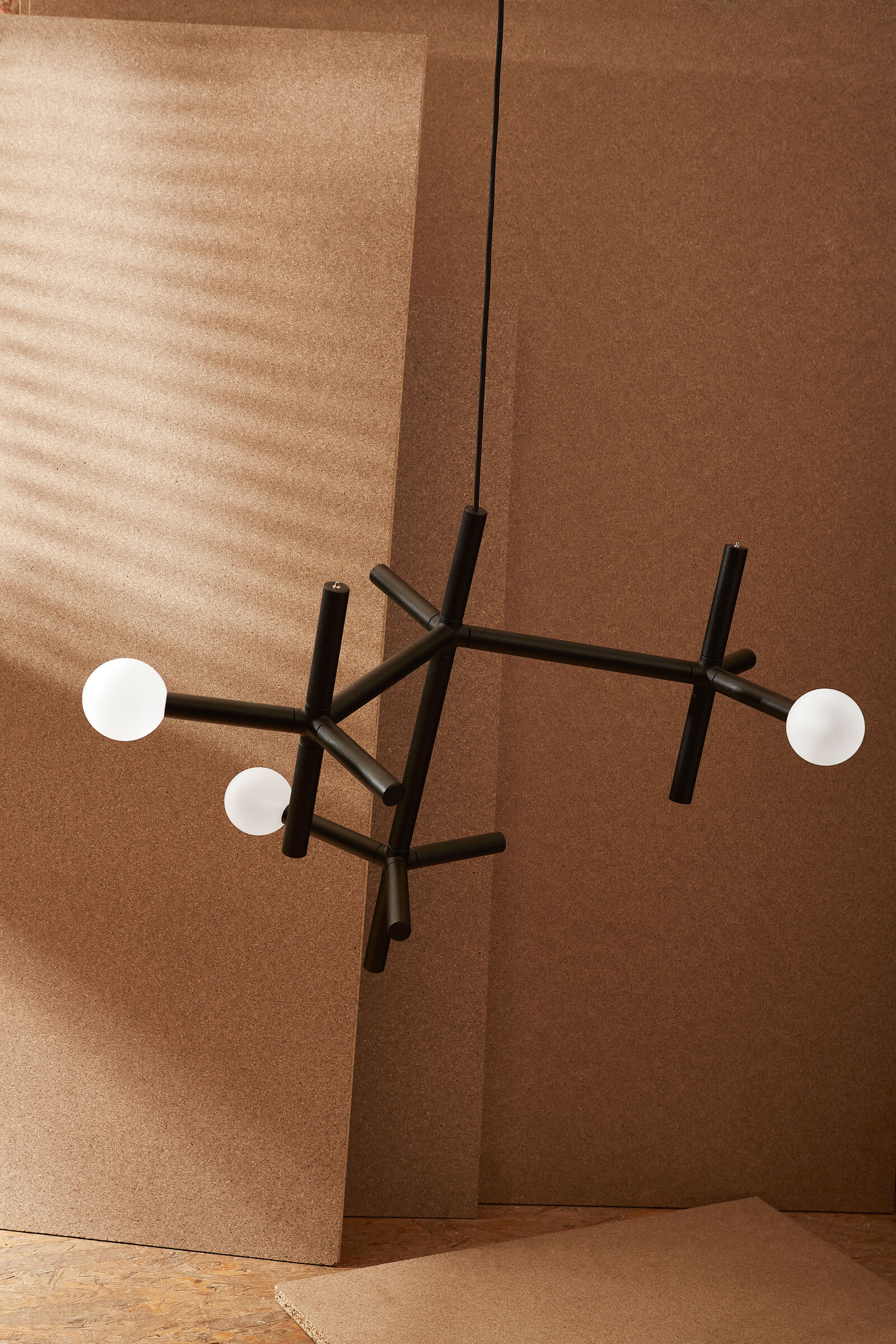Design for a Post-Apocalyptic World
September 5–10, 2021
In the scenario, conceived already before the pandemic and presented at this year’s Milano Design Week, all of our natural environments have been destroyed, and we now live in [Tunnel 29]. Taken together, the exhibited projects foresee a post-industrial dystopia where life only persists in a closely controlled artificial environment, filled with DIY furniture from recycled plastics, invasive plant species and salvaged scrap metal, and where survivors grow their own food. How is our effort to confront this reality reflected in the designs made for tomorrow?
During the Milano Design Week our exhibition will be hosted in SUPERDESIGN SHOW 2021 at Via Tortona 27. We will present a selection of 30 products that dare to look beyond the present and predict how we will live in 20 or 30 years. The projects have been selected from an open call for participation by the committee: architect and designer Vasa Perović, designer and teacher Leonora Jakovljević, designer Jan Jagodič, curator and designer Federica Sala, curator for architecture and design Maja Vardjan, architect and head of programme of CfC Mika Cimolini.
The exhibition [Tunnel 29]: Design for a Post-Apocalyptic World is a promotional event organised in the framework of the Slovenian presidency to the Council of the European Union. The exhibition is organised in cooperation between the Centre for Creativity/MAO, Ministry of Foreign Affairs and the Ministry of Culture of the Republic of Slovenia and the Embassy of the Republic of Slovenia in Italy.
The aim of “design for a post-apocalyptic world” is to take people out of their comfort zones and find design solutions for the reality that we are already living. How can we prepare for the inevitable apocalypse heralded by viruses and climate-related disasters? How can we push it back through the way we live our lives?
Design for a post-apocalyptic world looks into three dimensions of living: housing, production and food. The projects in the first segment tackle mobility, the need for intimacy and basic functionality of living (sleeping, excretion, storage). The production segment showcases DIY projects, from a waste plastic recycling machine and simple plans for making furniture from invasive plants, to recipes for making bioplastics out of paper that cannot be recycled otherwise. The third part focuses on products that facilitate efforts for growing our own food. A chicken coop, a fire plate that can also be used for cooking, wicker-clad bottles to carry water or concrete garden furniture – these products are not only eco-friendly and functional, they are what society and the economy will need to survive the future.
Participating designers are:
Arne Vehovar With Urša Vrhunc / Martin Bricelj Baraga (Mota & Bellastock) / Dan Adlešič (Ansambel) / Darja Malešič / David Tavčar / Primož Jeza Studio With Donar / Eva Garibaldi / Gašper Fabijan / Grupo H / Iztok Lemajič (Idfl ) / Kofein / Kronoterm With Gigodesign / Mashoni / Matej Štefanac / Lara Baler, Matic Komel, Boštjan Kopinšek / Monochrome / Nikolaj Salaj, Anja Mencinger (Folds) / Nina Mršnik And Nuša Jelenec / Oloop / Peter Štrukelj / Addid Plus (Rudi Andraž Vrhovšek And Blaž Škodlar) / Studio Moste / Tanja Pak / Floios Jewerly (Tina Košak)/ Tina Rugelj / Tojo.i.to / Trajna With Matija Biloslav Milkovič And Katarina Lampič / Veronika Rožmanc / Vulgaris Woodcut / Library Team From Bio26
The exhibition [Tunnel 29]: Design for a post-apocalyptic world is a promotional event organised in the framework of the Slovenian presidency to the Council of the European Union.
The Centre for Creativity is co-funded by the European Union’s European Regional Development Fund and the Republic of Slovenia.
You are warmly invited to contact mediji [at] czk.si if you require further information.















